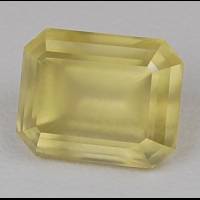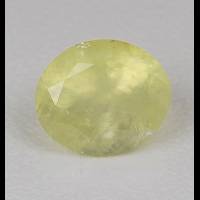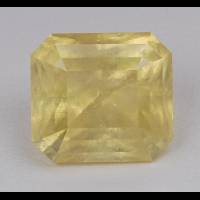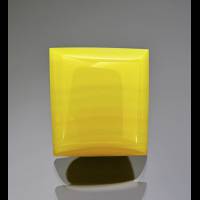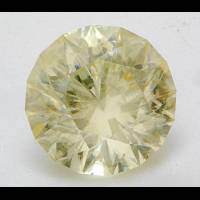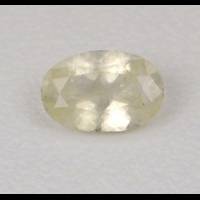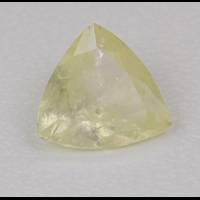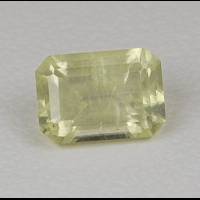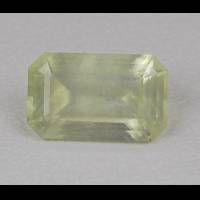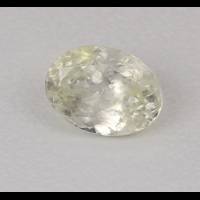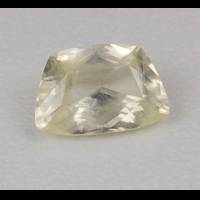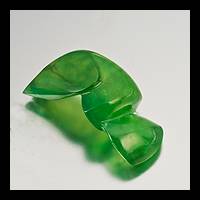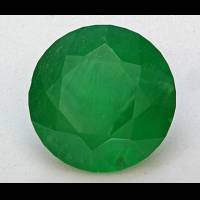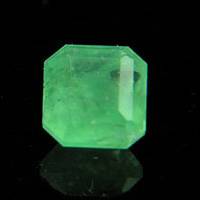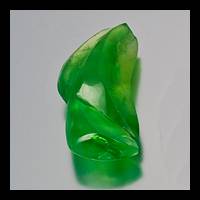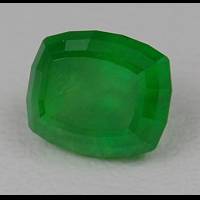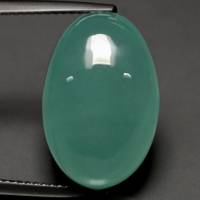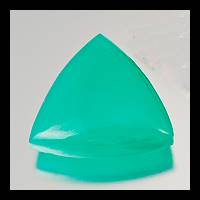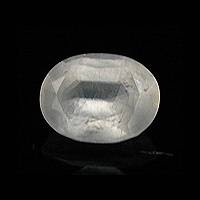Smithsonite

Australia
33.16 carats
© gemselect.com
It usually occurs as earthy botryoidal masses. Grape-like clusters have pearly luster and are often slightly banded. Well-formed crystals are rare.
Bonamite is a trade name for cabochon-cut massive pieces of Smithsonite.
Smithsonite Gemstones by Colour
This table shows the variety of hues this gemstone can be found in. Click on a photo for more information.
Smithsonite Gemstones by Size
This table shows distribution of Smithsonite gemstone sizes that are listed on this site. This can give a good indication as to the general availability of this gemstone in different sizes.
Contributed photos
Lightest:0.14 cts
Heaviest:50.69 cts
Average:8.69 cts
Total photos:47
Do you have a larger Smithsonite? Why not upload a photo?
| General Information | ||||||||||||
|---|---|---|---|---|---|---|---|---|---|---|---|---|
| Other Names/Trade Names: | ||||||||||||
| Chemical Formula |
| |||||||||||
| Physical Properties of Smithsonite | ||||||||||||
| Mohs Hardness | 5 to 5.5, Blue Chart Gem Identification (2010) More from other references | |||||||||||
| Specific Gravity | 4.00 to 4.65, Gemstones of the world (2001) More from other references | |||||||||||
| Tenacity | Brittle, Gemstones of the world (2001) | |||||||||||
| Cleavage Quality | Perfect, Gemstones (2009) More from other references | |||||||||||
| Fracture | Uneven, Gemstones of the world (2001) More from other references | |||||||||||
| Optical Properties of Smithsonite | ||||||||||||
| Refractive Index | 1.620 to 1.850, Blue Chart Gem Identification (2010) BlinkingMore from other references | |||||||||||
| Optical Character | Uniaxial/-, Blue Chart Gem Identification (2010) More from other references | |||||||||||
| Birefringence | 0.228, Blue Chart Gem Identification (2010) DoublingMore from other references | |||||||||||
| Pleochroism | Absent, Gemstones of the world (2001) More from other references | |||||||||||
| Dispersion | 0.014 to 0.031, Gemstones of the world (2001) More from other references | |||||||||||
| Colour | ||||||||||||
| Colour (General) | White, yellowish, brown, green, gray, pink, bluish, orange-yellow, Gemmological Tables (2004) More from other references | |||||||||||
| Causes of Colour | Blue-green, Cu2+. Pink, Co2+, Pragmatic Spectroscopy For Gemologists (2011) | |||||||||||
| Transparency | Translucent,Opaque, Blue Chart Gem Identification (2010) More from other references | |||||||||||
| Lustre | Vitreous,Pearly, Gemstones (2009) | |||||||||||
| Fluorescence & other light emissions | ||||||||||||
| Fluorescence (General) | Blue-white, pink, brown, Gemstones of the world (2001) | |||||||||||
| Crystallography of Smithsonite | ||||||||||||
| Crystal System | Trigonal, Blue Chart Gem Identification (2010) More from other references | |||||||||||
| Habit | Botryoidal, rhombohedral, Gemstones (2009) More from other references | |||||||||||
| Geological Environment | ||||||||||||
| Where found: | Smithsonite occurs as a secondary mineral in the oxidized zone of zinc-bearing deposits., Gems, Sixth Edition (2006) | |||||||||||
| Further Information | ||||||||||||
| Mineral information: | Smithsonite information at mindat.org | |||||||||||
| Significant Gem Localities | ||||||||||||
| ||||||||||||

